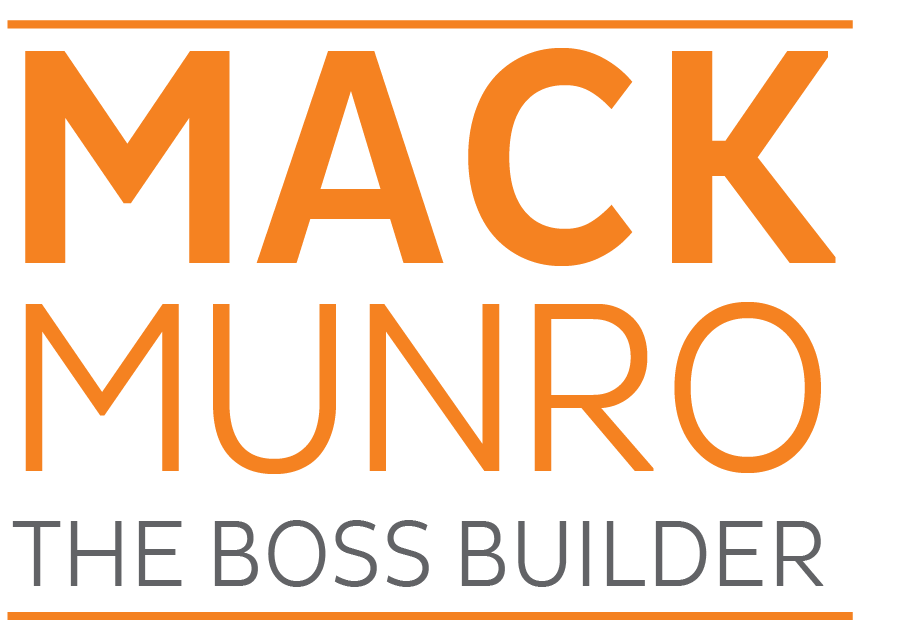 What do the following all have in common?
What do the following all have in common?
- Edvard Munch
- Frankie Goes to Hollywood
- James “Buster” Douglas
Got it?
They were all “one-hit” wonders.
- Edvard Munch was the artist that painted the now iconic The Scream, an expressionist depiction of shock based on the ghostly faces of Peruvian mummies that were on display in his hometown. Sadly, this was Munch’s only success. Most people don’t even attribute it to him, but instead Photoshop captions on it such as “What? Congress agrees on something?” and post it to their Facebook wall.
- Relax, maybe an anthem of the hedonistic 1980’s was first performed in the seldom-remembered Brian DePalma film Body Double. It quickly became an 80’s standard, played in clubs and parties everywhere. In a decade that produced more than its share of “one-hit” wonders, this one might be the signature piece. Frankie Goes to Hollywood never produced another hit after it.
- James “Buster” Douglas was known in boxing circles as a “tomato can,” a crude term that describes boxers who are merely opponents used by up-and-coming fighters as a way to pad up a winning record. On February 11, 1990, Buster Douglas did the unthinkable and knocked out a seemingly invincible Mike Tyson in Japan. The success was short-lived however. A severely overweight and undertrained Douglas was dispatched in three rounds by Evander Holyfield just eight months later.
All of us desire fame and fortune in one form or another. The big question is what happens when we get it? The three examples above show a rags-to-riches-to-rags sequence that all of us would rather avoid. The question isn’t how we become successful (although that’s important and probably the reason you read my blogs), but what happens when you finally achieve it?
I don’t profess to be totally successful, but I have managed to accomplish many of the professional goals I set out to achieve. Here is what I’m learning that is helping me keep up the momentum. Maybe it will help you too.
Document your journey to success. Most of us are tempted to throw out failures. I recommend documenting them and holding onto them. You’ll never know what works and what doesn’t if you can’t refer to a record of what you’ve already tried. My first book From Cave to Cubicle sold few copies. I realized after I published it that it had no clear purpose, targeted no specific audience, and was simply too long and too academic. I still have one copy of that book though and have the cover matted and framed to serve as a reminder of how NOT to write a book.
Remember who helped get you there. Barak Obama offended a legion of entrepreneurs several years ago with his statement “You didn’t build that.” Personally, I think his point was taken out of context. Nobody achieves success alone. At a minimum, you probably at least have some family and friend support. At most, maybe someone who invests in your financially or intellectually. It’s important to recognize those people and what they did to help you succeed.
Remember to reach out and help others. Your journey has two destinations. Become successful and the reach back down and help others become successful too. Everything I’ve learned that allowed me to accomplish goals was taught to me by others who were willing to share. You need to do that too. Zig Ziglar, the legendary motivational speaker had a key phrase he used throughout his lifetime: “You can get everything in life that you want when you help others get everything that they want.”
None of us want to be a “has-been” or a “never-was” or a “one-hit-wonder”. Take some time this week to evaluate where you’ve been, where you are, and where you want to be.

